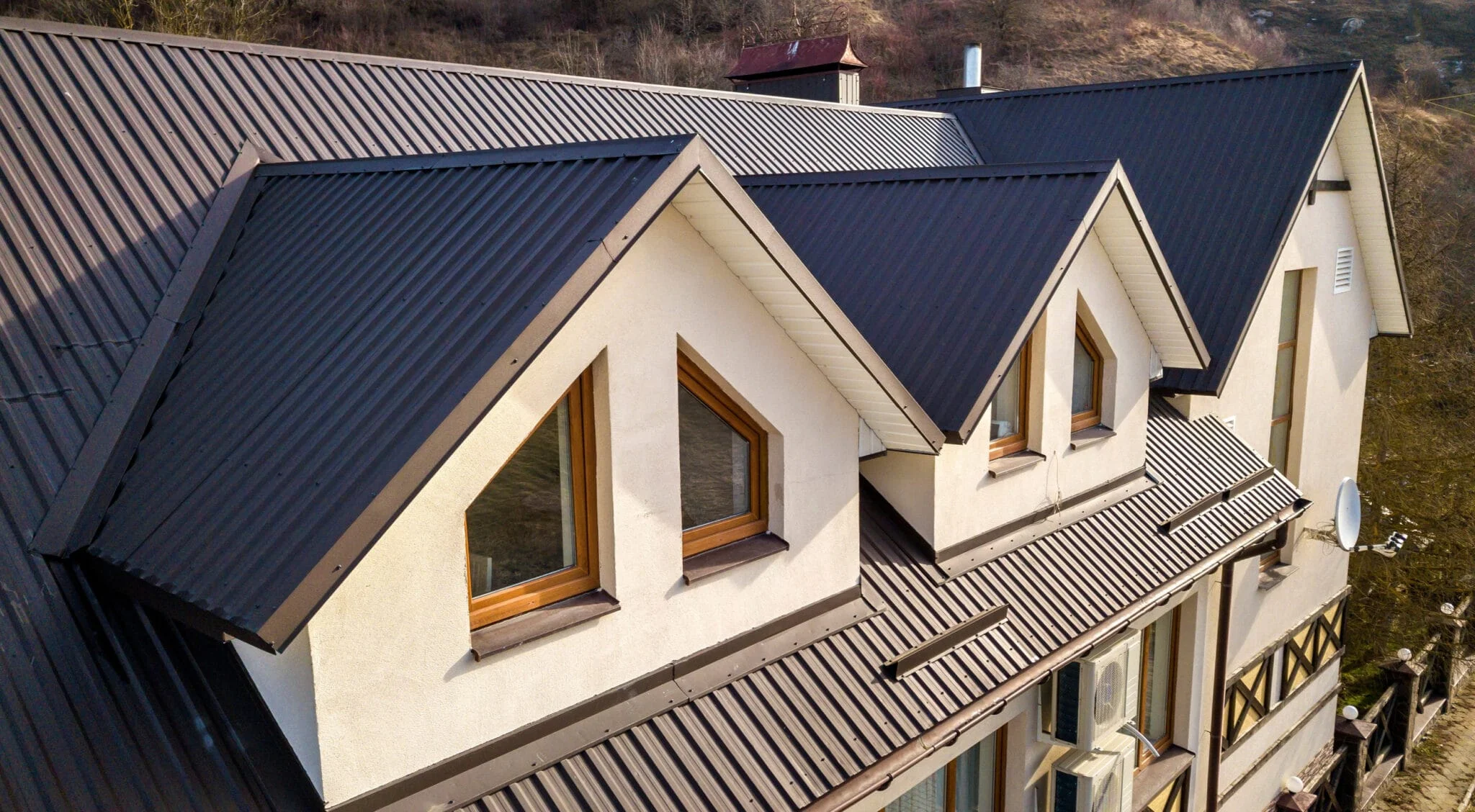Humans have a negative impact on the planet. Men, women, and children recognize this today and are taking steps to reduce their carbon footprint, using sustainable solutions whenever possible to achieve this goal. When it comes to roofing materials, metal stands out as the most environmentally-friendly choice. Why is metal roofing the superior option in terms of its eco-friendliness? From its longevity and recyclability to its energy efficiency and reduced carbon footprint, metal roofing offers a range of benefits that make it a sustainable choice for a greener future.

Longevity and Durability
One of the key factors that make Metal Roofing environmentally friendly is its exceptional longevity and durability. Traditional asphalt shingles have an average lifespan of only 20-30 years. Metal roofing, in contrast, can easily last 50 years or more. This extended lifespan reduces the need for frequent roof replacements, which in turn decreases the demand for raw materials and reduces waste generation. By choosing metal roofing, homeowners contribute to the conservation of natural resources and minimize the environmental impact associated with the manufacturing and disposal of roofing materials.
Recyclability and Reusability
A metal roof can be recycled when the owner chooses to remove it. People who are worried about the effect they are having on the planet love this. They know the roof won’t end up in the landfill where it takes up valuable space. Additionally, metal roofs can often be installed over existing roofs, eliminating the need for old roofing materials to be disposed of. The recyclability and reusability of metal roofing significantly reduce the environmental burden associated with waste management and promote a circular economy.
Energy Efficiency
Another reason why metal roofing is environmentally friendly is its exceptional energy efficiency. Metal roofs reflect a significant portion of solar radiation, preventing excess heat from entering the building. This reflective property helps reduce the need for air conditioning. Less air conditioning means less energy used, which in terms leads to a reduction in greenhouse gas emissions. Moreover, many metal roofs are coated with special reflective coatings, further enhancing their energy efficiency. By reducing the energy demands of buildings, metal roofing contributes to a greener and more sustainable future.
Reduced Weight
Many people don’t realize metal roofs weigh significantly less than their asphalt peers. While this may not seem overly important, it is. The low weight of the metal roof means the building structure can be lighter. Less material will be needed when constructing this structure, which is also of benefit to the planet.
Reduced Carbon Footprint
Metal roofing has a smaller carbon footprint compared to other roofing materials. Manufacturing metal uses less energy and puts out fewer greenhouse gases compared to the manufacturing of asphalt shingles. Furthermore, the longevity and recyclability of metal roofs mean that fewer materials are required over time, resulting in a reduced carbon footprint. Moreover, metal roofing can often be made from recycled materials, further reducing the environmental impact. By selecting metal roofing, individuals play a crucial role in mitigating climate change and preserving the planet for future generations.
Metal roofing emerges as the most environmentally-friendly choice due to its longevity, recyclability, energy efficiency, and reduced carbon footprint. Anyone who is concerned about the future of this great planet should consider this option when the time comes to replace the roof on their home or business. Ultimately, metal roofing offers a sustainable and eco-friendly solution for a greener future.
